World War Two (New Zealand involvement)
Where can I find information about New Zealand's involvement in World War Two?
(Years 7-10)
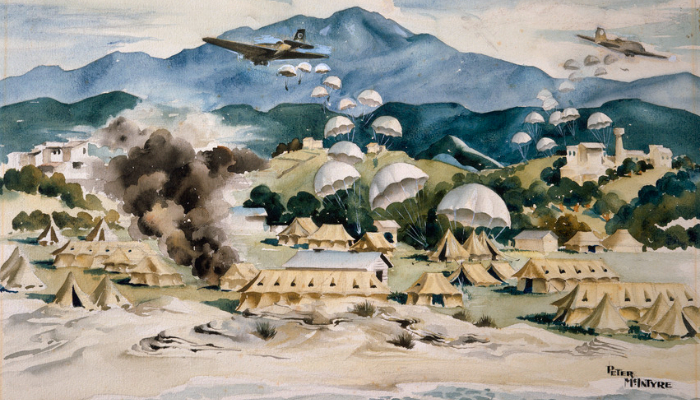
Image: General Hospital Crete, 20 May 1941 by Peter McIntyre. Collection: Archives New Zealand, Ref: R22497931. CC by 2.0. Image cropped.
Entry last updated: 10/07/25
Introduction
On 5 September 1939, Prime Minister Joseph Savage announced that New Zealand had joined the conflict that would become World War Two. New Zealand was mainly in the war to support Britain and the Commonwealth, but also to fight fascism. New Zealand formally declared war on Germany two days earlier on 3 September. Major battles fought during the war by the defence forces (army, navy and air force) took place in Greece, Italy, North Africa, Japan and the Pacific.
New Zealand websites
These websites have the best information on New Zealand's involvement in World War 2, the battles fought and the role of the defence forces including the 28th (Māori) Battalion and women.
Te Ara Encyclopedia of New Zealand
Te Ara is an excellent starting point for all questions about Aotearoa New Zealand. If we scroll down to the bottom of the page we can see that the website belongs to the Ministry for Culture & Heritage, so the information is well-researched and reliable.
Look under Stories A-Z and choose S.
Select Second World War.
This entry has information about New Zealand's involvement, strategy, and the various battles fought.
NZ History is another site from the Ministry for Culture & Heritage and has detailed information on all sorts of significant events in the history of New Zealand Aotearoa.
Look down the page to find the section called New Zealand at war.
Go to the Second Word War.
Explore the links to the various battles that New Zealand was involved in such as The Battle for Crete and the War in the Pacific.
Also useful are the roles of the Royal New Zealand Navy and the Royal New Zealand Air Force.
Tips: We like sites like this because they’re reliable. You can tell because of their web address – they have either .govt or .ac, meaning they are from government or educational organisations. They’re also New Zealand sites, so relevant for us.
The 28th (Māori) Battalion was made up of mainly Māori who were keen to serve New Zealand during the Second World War. The website was put together to record, remember and honour their services.
The page Story of the 28th is about how and why the battalion was formed and battles such as the Italian campaign and Desert Fighters where these soldiers fought.
We recommend you explore the other links to find out more about the role of the 28th during WW2.
Tips: Many web pages have links to further information or to other recommended sites. Following these links is a great way to find out more.
New Zealand Geographic Online is part of EPIC, a collection of reliable databases covering lots of different topics. This database allows you to read all the articles from the New Zealand Geographic magazine dating back to 1989, including recent issues.
Use the search words 'Second World War' in the search bar.
Read the article Operation Mercury: the Battle of Crete, which is about the 2nd New Zealand Division in Greece.
The article New Zealand's Nightingales tells the story of the New Zealand Red Cross nurses in WW2.
Tips: To get to the EPIC resources you will need a password from your school librarian first. Or you can chat with one of our AnyQuestions librarians and they will help you online. Some EPIC databases may also be available through your public library.
Primary sources
Primary sources are things like photos, writings or personal stories from an event. There are some good websites that have primary sources showing New Zealand's involvement in World War Two.
DigitalNZ is a search site that focuses on New Zealand history is an easy way of searching online resources from New Zealand libraries, museums, universities and government sites all at once. It also has lots of primary sources.
Try searching for 'New Zealand World War Two'.
Results are grouped into images, videos, audio, newspapers, articles and stories. For example, the story VE Day in New Zealand - 9 May 1945 is a collection of images and audio on Victory in Europe Day (VE Day) celebrations in New Zealand.
Tips: Search words, or keywords, are the most important words in our question. Usually it’s better to leave out small words like ‘the’, ‘a’ and ‘of’ and just choose the main ones, eg New Zealand World War Two. We can always change our keywords or add more if we need to.
NZ On Screen is a collection of free to view videos from New Zealand television and films. It has lots of series on New Zealand in war and conflict.
Find the search button at the top of the page and put in 'Second World War'.
Have a look at the series called Memories of Service, a series of videos by filmmaker David Blyth and RSA (Returned Services Association) to preserve stories of those who went to war.
Some of the videos like Memories of service 2 - Doris Coppell and Memories of Service 4 - Barbara Rowarth are about New Zealand women in the Second World War.
Tips: Websites that have .com or .co in the address can have good information, but you need to assess how reliable it is. Check the About us link on this website. That can tell you what the company’s mission and values are.
Books
There have been many books written on New Zealand's involvement in World War Two. Here are some examples - check out your local public or school library to see what they have.
New Zealand and the Second World War : the people, the battles and the legacy by I C McGibbon.
Flight path by David Hill.
Here come the marines : Warkworth, 1943 by Lorraine Orman.
A New Zealand response to challenge : the war at home by Ruth Naumann.
SCIS no: 1940902
Topics covered
Related content

WW2 (primary sources)
Where can I find primary sources for World War Two?
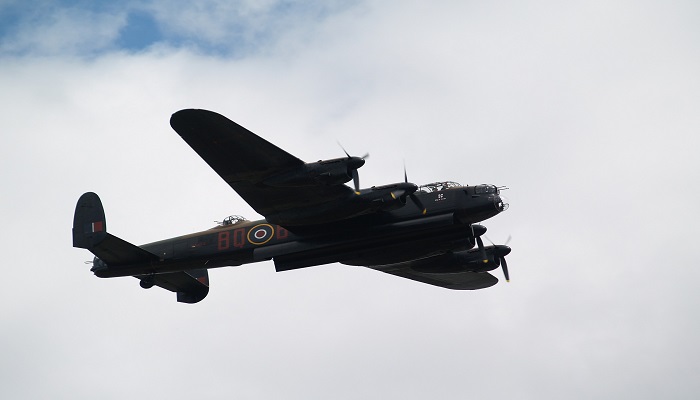
World War Two
Where can I find information about World War Two?
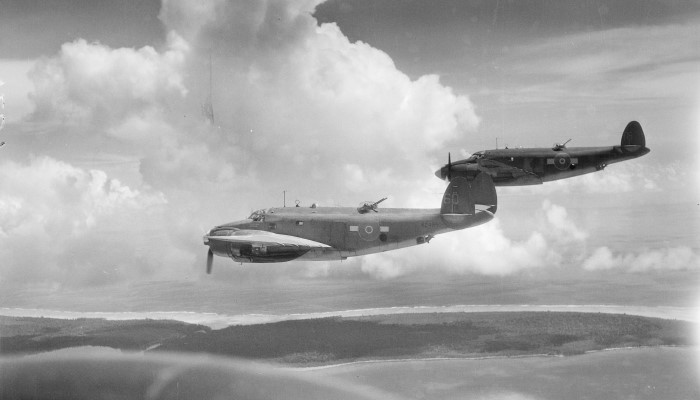
World War Two (battles and campaigns)
What were the main battles or campaigns of World War Two that New Zealanders were involved in?
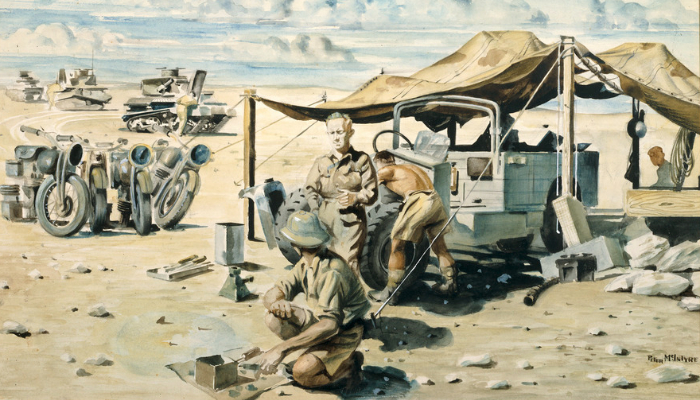
World War Two (causes and impacts)
Where can I find information about the causes and impacts of World War Two?

World War Two (NZ involvement)
Where can I find information about New Zealand's involvement in World War Two?
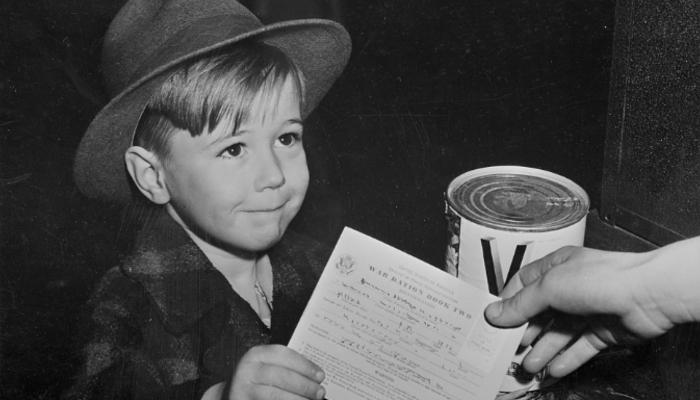
World War Two (daily life)
Where can I find information about daily life during World War Two?

Changing views on conflict
Where can I find information about the local histories of Auckland | Tāmaki Makaurau?
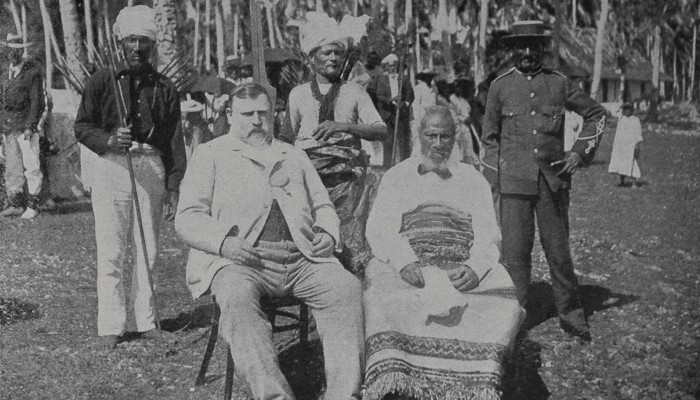
Colonial power in the Pacific
Where can I find information about the local histories of Auckland | Tāmaki Makaurau?
